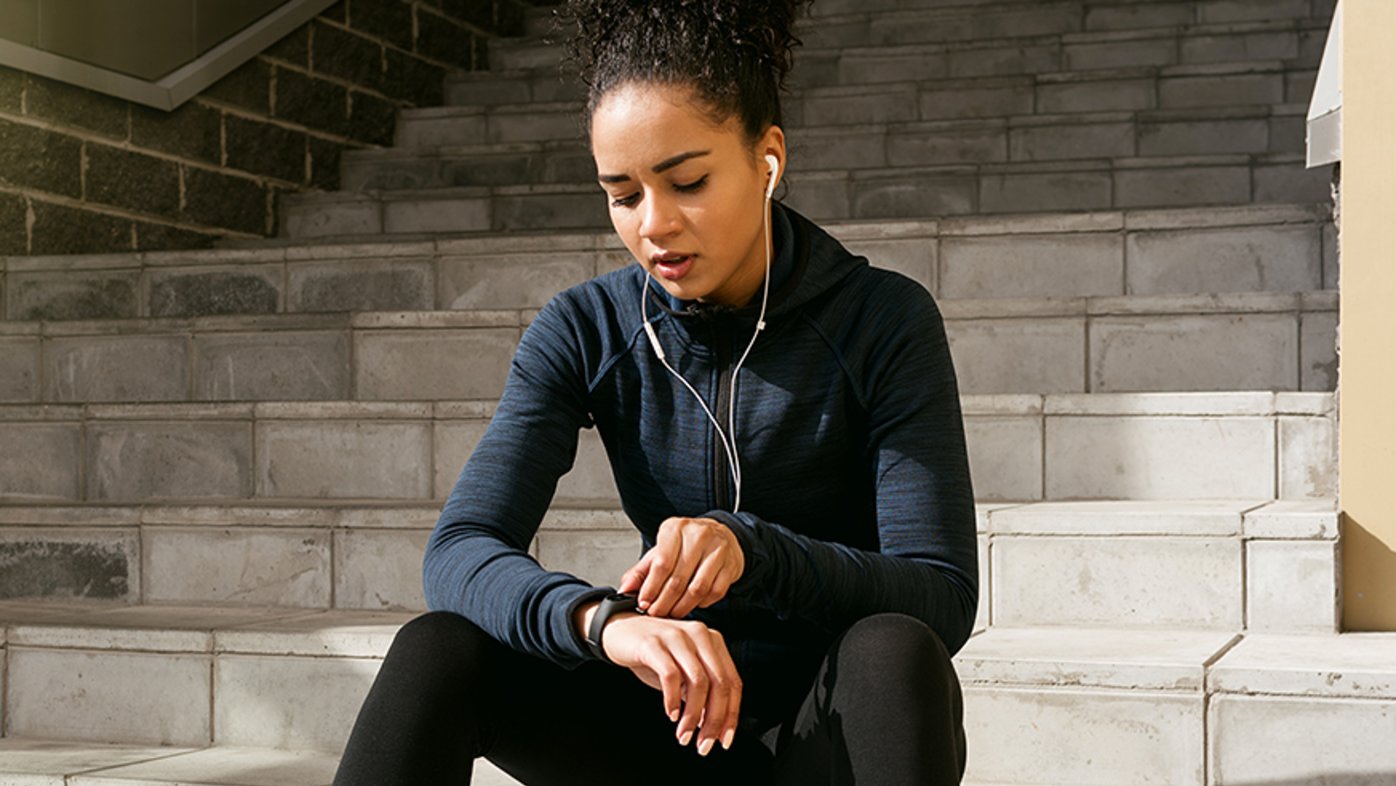
Are wearable health trackers accurate?
Learn how wearable health trackers can provide valuable support on your personal health journey.
High-intensity interval training, commonly called HIIT, may sound intimidating, but this results-oriented training focuses on a variety of exercises that combine weights and cardio for short bursts of intensity. These workouts are versatile, and can be done in the comfort of your own home.
Why should I choose HIIT?
Shorter workouts. The higher intensity and shorter duration is attractive to people who do not have hours to work out every day.
Variety. The diversity of exercises targeting different muscle groups makes it easier to adhere to without feeling the drudge that typically accompanies “have-to” activities. HIIT exercises break up the monotony of traditional exercise bouts unlike, say, running the same long distance day in and day out.
Burns calories, builds muscle. When discussing any exercise program, results are often measured only in terms of pounds lost. HIIT increases your calories burned and may shed unwanted fat, but it also builds muscle. While this may mean you gain weight on the scale, HIIT will leave you looking and feeling strong.
Boosts your heart rate. Cardio is short for cardiovascular (i.e., relating to the heart); therefore, any exercise that increases your heart rate is, by definition, “cardio.” The means by which that stimulus is achieved is not relevant, be it walking, running or a HIIT circuit.
You have convinced me. How do I start HIIT in my own workout routine?
First, your health and fitness should never be limited to the time slots and walls of a gym, and that is what makes HIIT such a great form of exercise anywhere with limited pieces of equipment.
Start slow, then go. Begin doing the exercises with low or no weight, and build from there. For novices, this may take six to eight weeks but it is worth the investment.
Once you feel confident that your form is correct and you have a system in place, begin to dial up the intensity. This can be done by increasing weight, decreasing rest or adding more volume to an allotted period.
Build your own gym. A trick I use in building my workout equipment at home is buying secondhand for things like dumbbells, a medicine ball, a rollout mat or kettlebells. Get creative on a budget too — old pillowcases filled with sand make a great weight as well!
When choosing lighter or heavier weights, start conservatively by using a weight that can be performed for 20 repetitions, then do four to six sets of 12 reps for that given movement and minimize rest intervals.
Below is just one example of a full-body HIIT workout — using body weights only — that requires minimal rest, submaximal exertion and lots of heart-pumping cardio to do as many rounds as possible in 20 minutes.
Exercise: Jumping jacks
Reps: 30
Rest/Adjustments: No rest
Exercise: Squats
Reps: 20
Rest/Adjustments: No rest, add weight
Exercise: Push-ups
Reps: 15
Rest/Adjustments: No rest, done on edge of a bench, wide or narrow grip
Exercise: Reverse lunges
Reps: 10 each leg
Rest/Adjustments: No rest, add a jump in between
Exercise: Bent-over rows
Reps: 12 each arm
Rest/Adjustments: No rest, use a purse or other weight
Exercise: Mountain climbers
Reps: 30 seconds
Rest/Adjustments: Rest as needed
As always, your workout should be fun, safe and progressively challenging.
Tom Dodsworth, MA, CAFS, ACE-CPT, is an exercise specialist at the Sewall Healthy Living Center at Sharp Coronado Hospital.
Our weekly email brings you the latest health tips, recipes and stories.